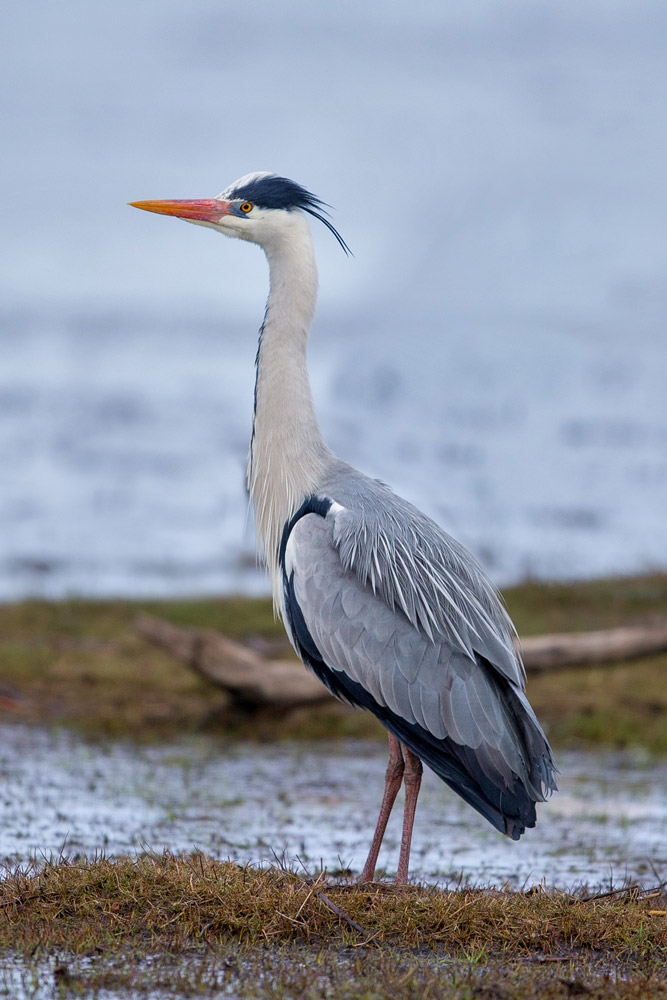Herons of the lake
September is a time of change in nature. Daylight hours are growing shorter and the weather starts to cool, signalling to plants and animals to prepare for winter. Animals will start to look for suitable homes to see them through the season and also start storing food such as berries, seeds, fruits and nuts. Blackberries, elder and hawthorn berries are an essential source of food for native birds as well as those that will be migrating south.
Rose hip bushes can be found growing wild along lanes and field boundaries. Their plump red fruits appeal to voles, mice and squirrels. During World War II, rose hips were gathered as an alternative to oranges as they are such a good source of Vitamin C. They can be made into a syrup but this requires care to strain out the hairy seeds, which can cause irritation.
In Lydiard Park at this time of year you can see grey squirrels collecting leaves to line their nests, called drays, and collecting nuts and seeds which they store in their cheeks before hiding them away for winter.
Meanwhile if you are taking a walk beside the lake, you may well hear the loud cry of a heron as it slowly flaps over the water. Herons will perch motionless on the edge of the lake, waiting for the fish and frogs that make up its meal, then with one quick stab of its yellow beak it will grab them.
